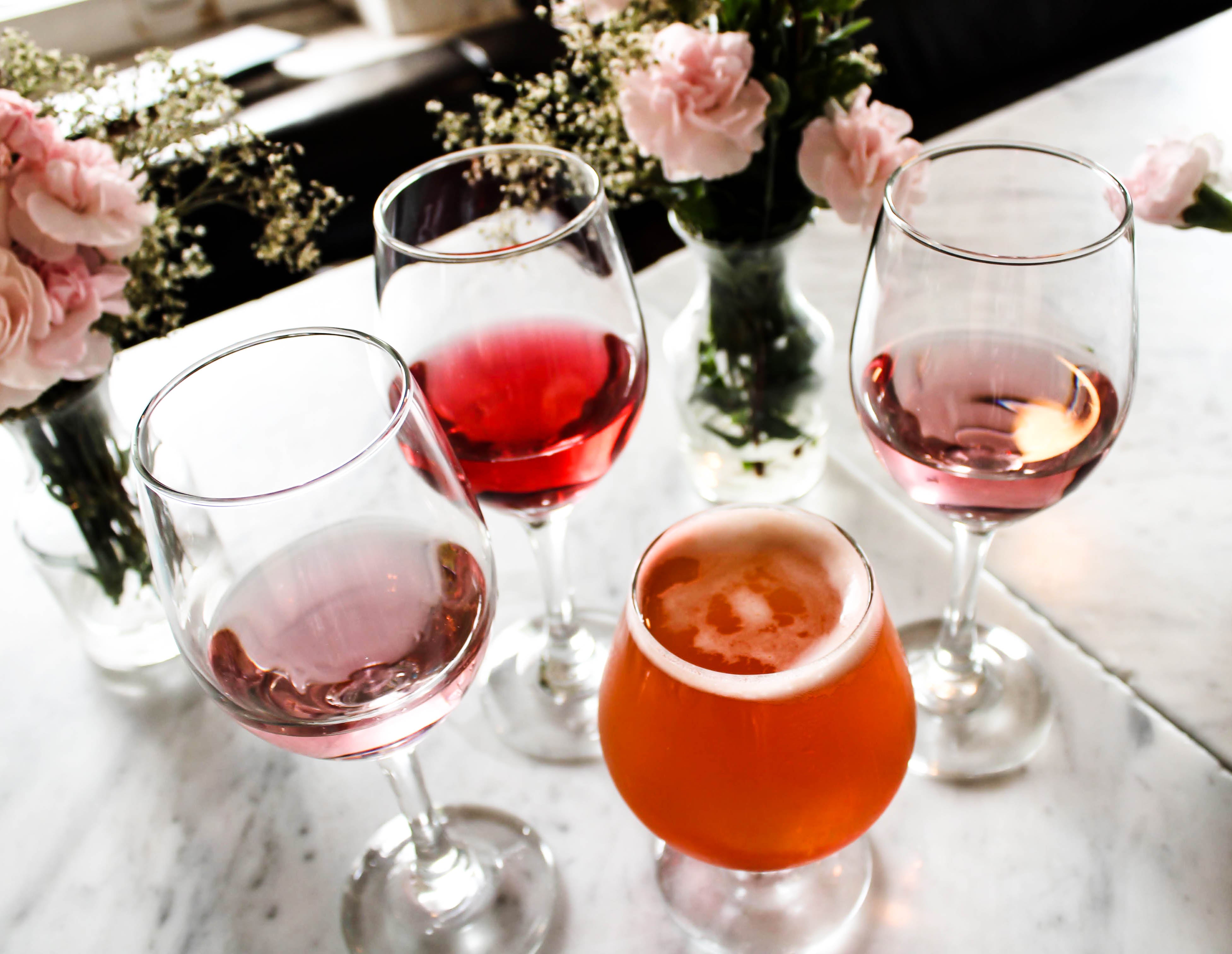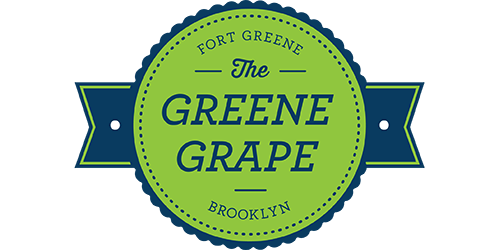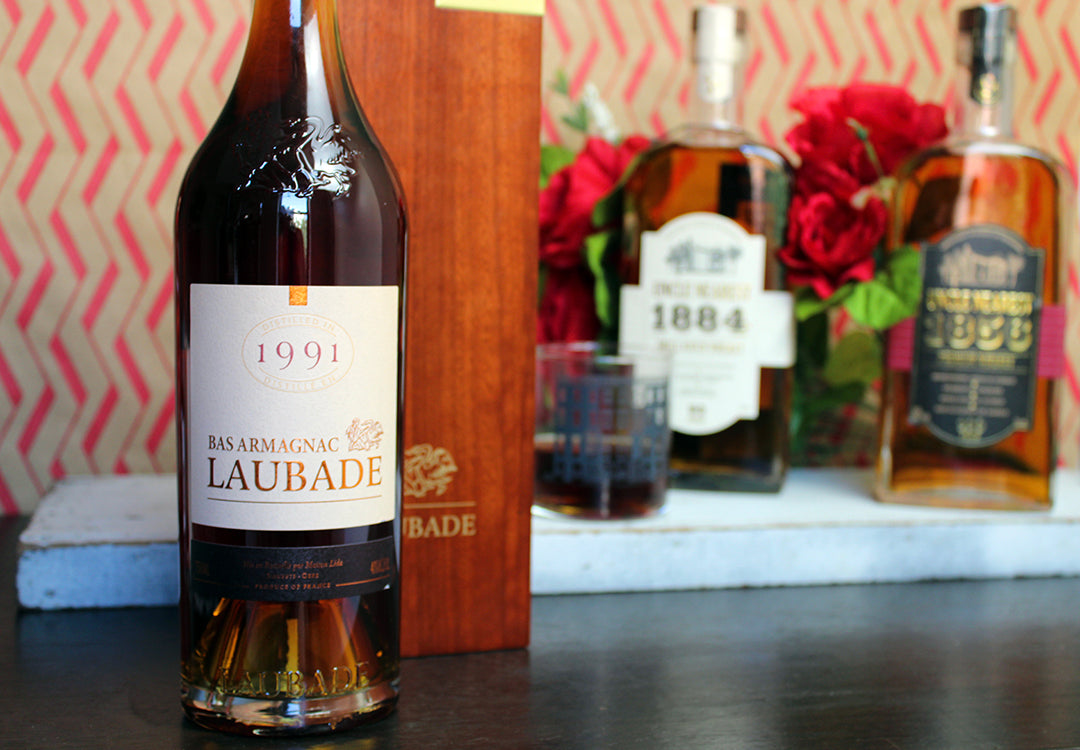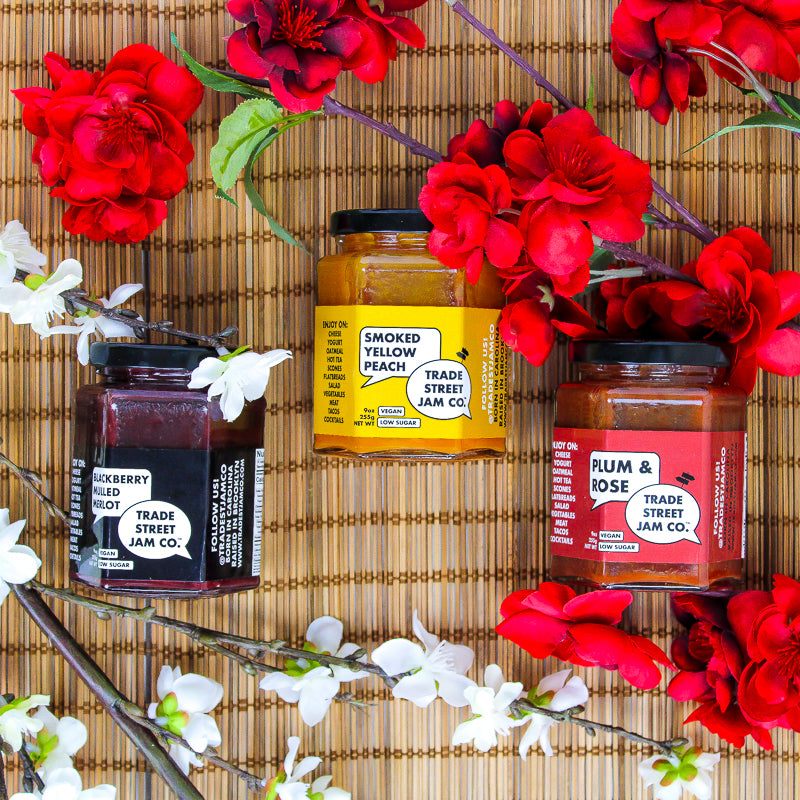
Rosé Myths: Busted
What’s rosé? This is the easy part. Rosé is French for “pink.” At its most basic, rosé is simply pink wine. However, the truth has a little more nuance. A thrilling alternative for white wine lovers, a lighter, option for red wine lovers, a seductive mash-up of red and white wine that showcases the best features of each – rosé is the global phenomenon that captures all of these. And, it’s here to stay. In honor of #NationalRoséDay, we’re busting myths about the pink drink.

Myth: Rosé is just a fad.
This “fad” dates back thousands of years, almost as far back as wine! In fact, the earliest wines looked a lot like rosés, as they watered down field blends of available grapes. In ancient Greece, it was considered uncivilized and dangerous to drink undiluted or pure wines, especially with the lack of refrigeration and controlled winemaking. Hooch came out gnarly tasting without added water, herbs, and honey to tame it.
Myth: The best Rosé is French.
While rosé’s international reputation was cemented in France, outstanding pink wines are made all over the world!
Myth: Rosé is sweet.
False! This is the lingering successful marketing of terrible pink wines in the years after World War II. The Portugal wines were imported in bulk and cheaply made, with added sugar to cater to American palates. Classically, most rosés range from bone dry, to dry, with ripe fruit and freshness.
Myth: Rosé should be light pink, wispy, even watery.
Provence rosés have dominated the market for so long, many people don’t realize that there are other styles! Rosés range in different hues of pink from powder pink to salmon to even light garnet. The color tells you more about the grapes, than it does the sweetness or quality of the wine.
Myth: Only wines can be Rosés.
Absolutely not! Rosé’s success inspired distillers and brewers across the world to think pink. Today there are rosé ciders, meads, beers, and even gin!
Ready to sip? Here are some of our favorite rosés this season.
- Pannonhalmi Apatsagi "Tricollis" Rosé 2020: Winemaking started in the Pannonhalma-Sokoroalja region of Hungary when Benedictine monks founded the monastery of Pannonhalma in the late 10th century. But after two World Wars and a Communist takeover, the vineyards were in shambles, destroyed by warfare and overproduction. But due to recent peace and prosperity, Hungarian winemaking is making a comeback. This rose exhibits fabulously enticing notes of cherry, orange blossom, tart strawberry and raspberry. It's perfect on its own or alongside roasted or grilled poultry, pork, or vegetables.
- Domaine de Fondreche Ventoux Rosé 2020: Domaine de Fondrèche lies at the foot of Mont Ventoux, in the Vaucluse stretches across a surface area of 38 hectares. The vineyard uses natural methods to create a harmony between the vines, the earth, and the surrounding environment, and to produce wines that reflect the local terroir. This critically acclaimed, pale pink rosé opens with delicate notes of citrus and redcurrant, which blossom and wash across the palate with singular freshness and minerality. Try with sushi, shrimp or chicken with lemongrass, or grilled lamb chops. Sustainable.
- Balea Txakoli Rosé 2020: The Basque region of Spain was once an outpost for whalers and fishermen, who would sail up the coast to the village of Getaria, and trade for barrels of wine. Whaling is long gone from these parts, but the legacy remains, inspiring the label design of this fun and friendly Txakoli rose. Fresh and lively with a hint of spritziness, the wine, made from a blend of Honduribbi Zuri and Honduribbi Beltza, offers hints of citrus and sea spray on the nose, which join ripe red berries and refreshing minerality. It's a winner with seafood, cured meats, Spanish anchovies and crusty bread.
- B. Stuyvesant Rose Champagne NV: Marvina Robinson’s love affair with Champagne began during her college days. She and her friends would often pool their limited funds to purchase a bottle from a local shop not far from her childhood home in Brooklyn. They would toast each other and proudly sip out of their plastic cups. The cups may have changed, but Marvina’s love for the juice continued. After working in finance for some years, she launched the critically acclaimed Stuyvesant Champagne, becoming one of the few African American women to do so. Salmon-colored, dry, and crisp, this bubbly is made from about 58% Pinot Noir, 22% Pinot Meunier and 20% Chardonnay. Hints of cherry blossom and raspberry on the nose give way to fleshy red currant and cherries on the palate, with a long and refreshing finish.
- "Duckman" Espumante Rosa 2020: Duckman is a fictitious character meant to question almost everything. Maria Pato, the daughter of famed Portuguese winemaker Luis Pato, created this project because of her love of the region and varietals, so much so that she felt constrained by conventional Bairrada winemaking. This sparking rose is made from grapes harvested from 25 year old vines, within São Lourenço and Óis do Bairro. Aromas of cherry blossom and strawberries delivering on the palate with impressive minerality and a lengthy, satisfying finish.
- Dorothy Parker Rose Gin: Dorothy Parker was an essential member of the Algonquin Round Table, with her quick wit and self-deprecating humor unparalleled at the time. New York Distilling seeks to pay homage to this famous gin drinker with a few expressions of their gin. This particular expression is the regular Dorothy Parker gin further infused with rose petals, for a springy take on one of the 20th centuries greatest Martini drinkers.


